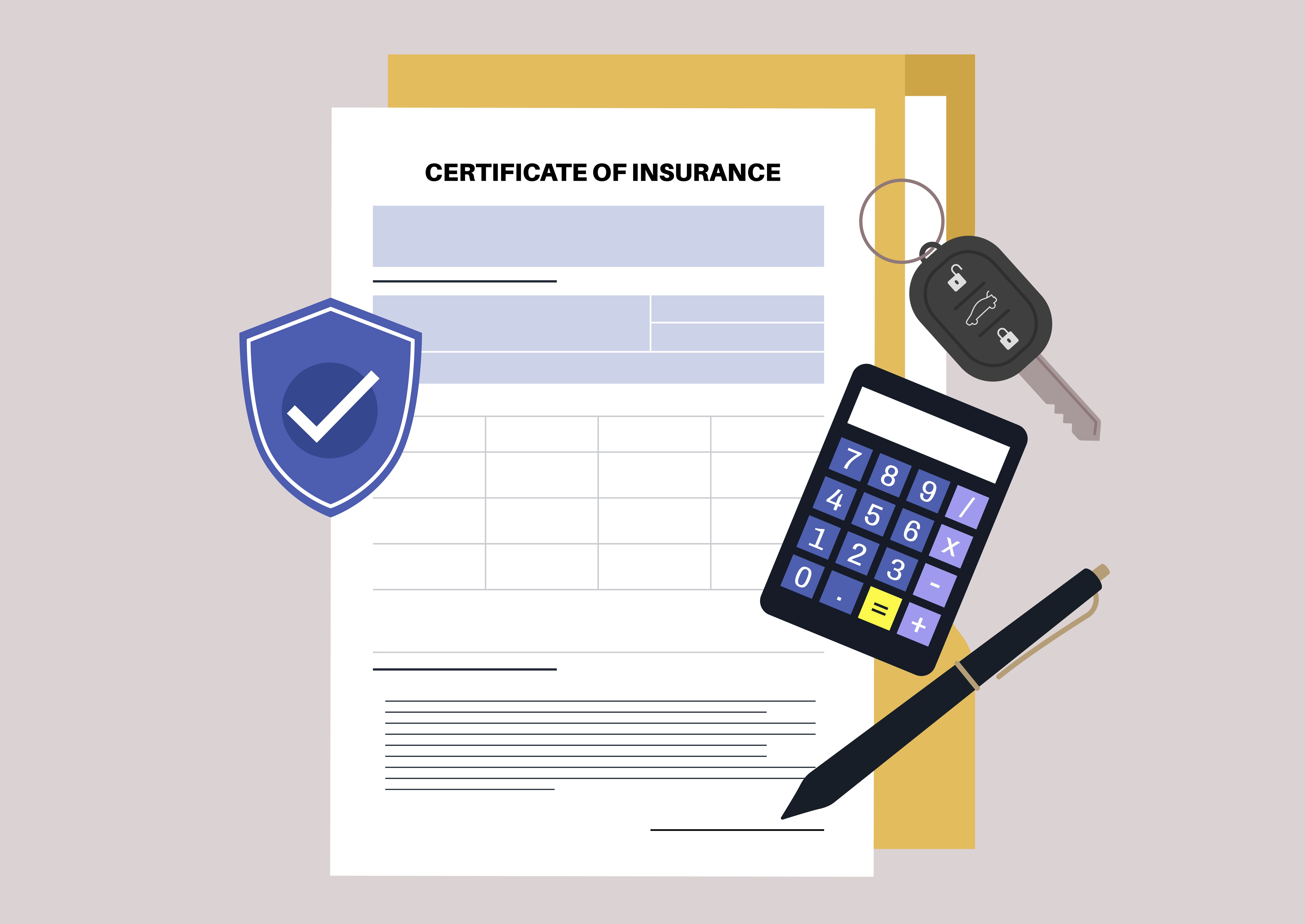Ladder Safety Tips

The Safety Official: Ladder Safety
Ladders are a major cause of accidents—both in and out of the contracting world. In a typical year, 175,000 people are injured on ladders severely enough to require a trip to the hospital. On the job, nearly 20,000 are injured and over 100 die due to falls from a ladder or scaffolding. What can you do to reduce your chances of becoming a ladder statistic?
The first rule of ladder safety seems like common sense, but can often be overlooked. You must inspect your ladders regularly for defects or damages. If a broken or defective ladder is found, tag it “out of service” and have it repaired or destroyed and disposed of properly. Don’t ever try to use a broken ladder—even if you can’t find another. It isn’t worth the risk. A good rule to live by is to fix the ladder as soon as you can or pitch it.
Now that you know how important it is to inspect your ladders, let’s go over some of the things to look for during an inspection.
- Make sure the feet are in good condition and properly secured with anti-slip pads.
- Check for missing nuts, bolts, or rivets.
- Look for any splinters, splits, or damage to fiberglass legs.
- Check for dents, bends, or other damage to aluminum legs.
- Inspect the rungs and ensure they are undamaged and securely fastened to the sides.
- Verify that the spreaders on a step ladder are in good shape.
- Examine the ladder for any corroded components or weather damage.
- Check to make sure the ladder is free of oil, grease, paint, and other slipping hazards.
Another important aspect of ladder safety is proper usage. Here are some good safety guidelines:
- Employees should be properly trained on how to use a ladder.
- Ensure the ladder is the right height for the job. Extension ladders should extend three feet past the roof or landing and be tied off.
- Be aware of the weight limitations of the ladder. Ladders should not be loaded beyond their maximum manufacturer-rated capacity.
- Always set ladders on a stable and level base.
- Make sure to use the proper pitch for the ladder.
- Do not place a ladder in front of an open door. Be sure the door is locked or blocked off.
- Metal ladders should not be used around electrical equipment—use fiberglass ladders rated for electrical work.
- Always face a ladder when ascending and descending.
- Use three points of contact while on a ladder and make sure at least one hand grasps the ladder at all times.
- Do not stand on the top step of a ladder.
- While on a ladder, do not carry an object or load that could cause loss of balance.
For more information, see www.osha.gov or www.americanladderinstitute.org or https://www.cdc.gov/niosh/topics/falls/mobileapp.html
An insurance company that cares about you and insuring the things you wish to be insured.
Get a Quote> Find an Agent>

